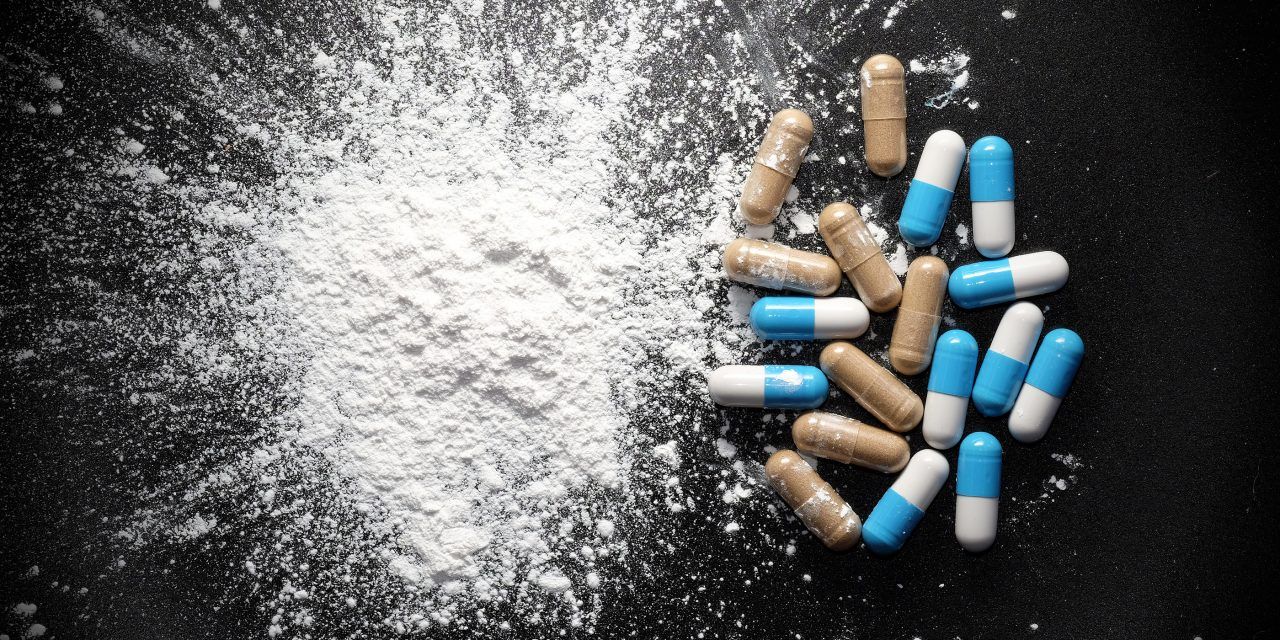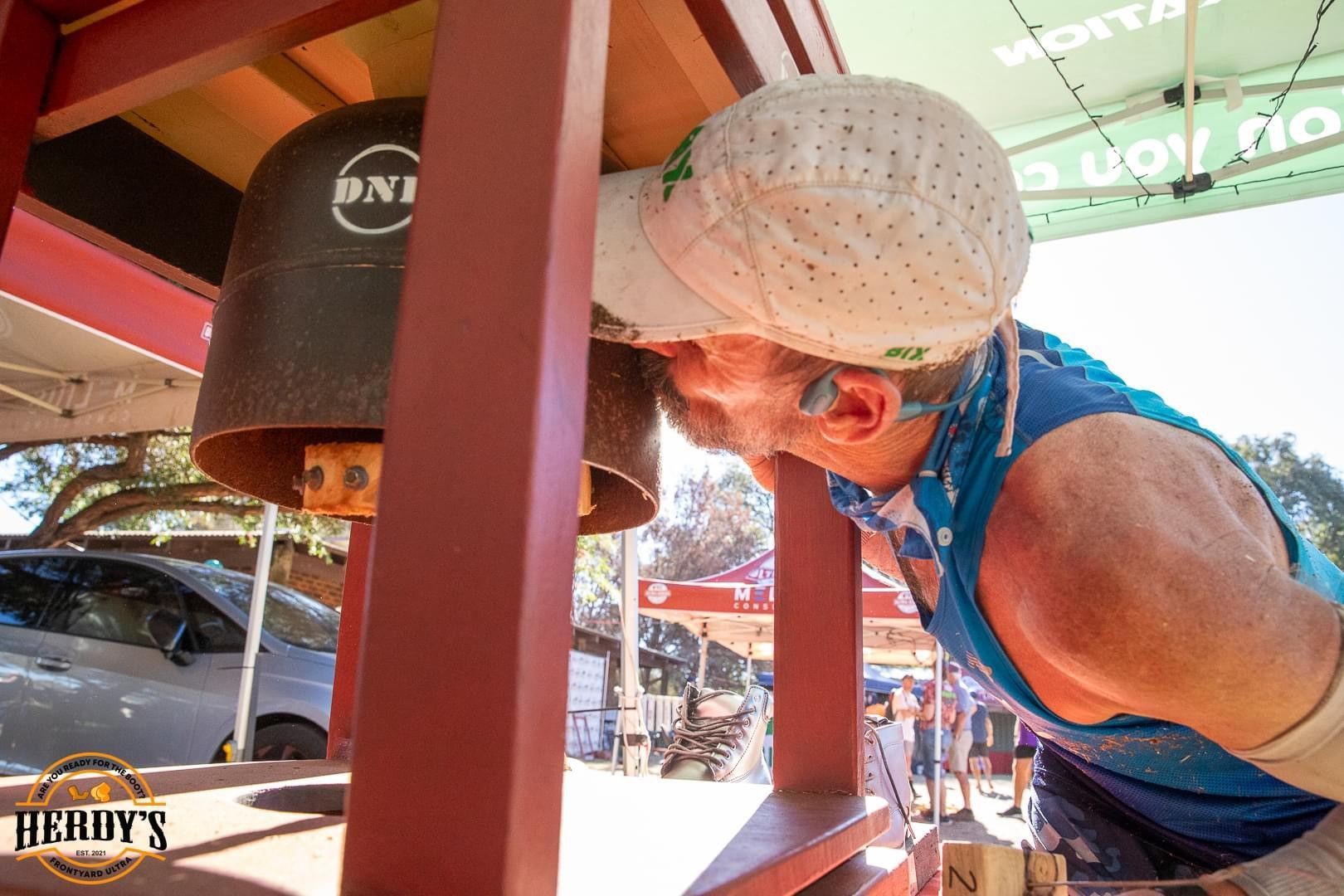
PERFORMANCE ENHANCING DRUGS IN ULTRA RUNNING
By Elizabeth Bennett
The use of performance enhancing drugs (PEDs) in some endurance sports e.g., endurance cycling, has been widely reported. Just think of Lance Armstrong, Alberto Contador, Floyd Landis and the Tour de France in general. In comparison, not a lot has been known or said about the prevalence of PEDs in ultra running. This disparity can partly be attributed to the fact that ultra running is many years behind sports like endurance cycling in terms of commercialisation, and the financial pressure that comes with it for sponsored and/or aspiring athletes to do whatever they can to gain an edge in performance.
Secondly, it hasn’t been as clear whether or not PEDs are likely to enhance the performance of ultra runners as much as they do the performance of endurance cyclists. For instance, endurance cycling relies more heavily on frequent bouts of speed and power compared to ultra running, and the targeted use of PEDs has been shown to improve the body’s responses to those specific physiological demands.
Finally, for both these reasons and perhaps others as well, there has been very little drug testing in ultra running compared to the likes of endurance cycling, and so to date there hasn’t been much of an evidence base from which conclusions can be drawn about the use of PEDs in ultra running. But things are starting to change in the ultra running drug world.
The use of PEDs in ultra running has started to come under greater scrutiny for two reasons. Firstly, ultra running has started to have its own drug scandals at the elite end of the sport. While these may not be as numerous or exceptional as the Armstrong, Contador and Landis-type scandals, they are certainly significant, and as the number of scandals has increased so too has their cummulative significance.
Elisa Desco, who won the 2009 World Mountain Running Championships, tested positive to erythropoietin, and was stripped of her title and banned from competing for two years. Then in 2015 Gonzalo Calisto, who finished fifth in the Ultra Trail du Mont Blanc, also tested positive to erythropoietin. In 2016 Greg Vollet, who finished second in The Rut 50km tested positive to ‘banned stimulants’.
Secondly, the sport specific research/evidence base of PEDs in ultra running is growing. In 2015 the results of two informal studies were published on popular social media ultra running blogs. The first of these (Torrence) asked ‘Have you ever used PEDs while training for, or participating in, an ultra marathon event of 50km or longer?’ Of the 705 responses received, nine per cent answered yes to this question. Later in 2015 a second survey (Bleakman) expanded on Torrence’s questioning and asked about the use of PEDs in and out of competition, socially/recreationally, and/or for medical reasons.
Of the 551 responses received 30 per cent in total indicated they had used PEDs i.e. 1.6 per cent during competition, 2.4 per cent outside of competition, 15.5 per cent socially/recreationally, and 11.3 per cent for medical reasons.
Alarmingly, the following year (2016) Bleakman undertook a follow up survey and found that during that 12 month period, the numbers had almost doubled.
And now to the pointy end, the most recent research regarding the use of PEDs in ultra running. In 2017 Campian et al posted an online survey regarding the use of PEDs on two USA ultra marathon Facebook sites – the Western States Endurance Run Facebook site and the Ultra-Signup Facebook site.
The survey was posted with the permission of both sites and the inclusion criteria consisted of runners over 18 years of age who were currently participating in ultra running events. The responses of 609 ultra runners were analysed and the results showed:
- 8.4 per cent of respondents reported using PEDs during competition and/or training;
- 18.7 per cent of respondents reported using PEDs socially/recreationally; and
- 19.8 per cent reported using PEDs for medical reasons.
As a snapshot of the ultra running population, these results show that a significant percentage of ultra runners use PEDs. And while the greatest percentage of ultra runners using PEDs report using PEDs socially/recreationally and/or for medical reasons (as opposed to during competition and/or training) the effect of their PEDs use in these contexts and/or for these reasons may still translate into PEDs having a performance enhancing effect on their training and/or competition.
Even though 19.8 per cent of respondents reported that their stated reason for using PEDs was for medical reasons, the timing of that use may still coincide with training and/or competition. Similarly, depending on which PEDs are used socially/recreationally, how often they are used and the timing of that use, these PEDs may still have a performance enhancing effect in training and competition.
Going beyond the Torrence and Bleakman surveys, which just asked about the use of PEDs in general Campian et al also asked about the types of PEDs used. The types of PEDs reportedly used included:
- Cannabinoids (13.3%)
- Narcotics (6.4%)
- Stimulants (3%)
- Glucocorticoids (3%)
- Anabolic steroids (2%)
Interestingly, the performance enhancing effects (or not) of cannabinoids remains inconclusive. There is some evidence to suggest that cannabinoids can improve vasodilation, bronchodilation and oxygenation, and hence potentially improve ultra running performance via increased oxygen carrying/distribution capacity. Cannabinoids are also known to suppress nausea, stimulate appetite and relieve pain, all of which may have a negative impact on ultra running performance and hence they could be viewed as being performance enhancing in virtue of offsetting these impacts. However, cannabinoids can also increase heart rate, decrease coordination, and impair both concentration and spatial awareness. All of these impacts may negatively impact ultra running performance, and so the jury is still out on cannabinoids. It may be that the extent to which they are performance enhancing (or not) for an ultra runner is an individual thing.
The performance enhancing benefits of narcotics and stimulants though are more clear. Narcotics reduce pain and could enhance ultra running performance by increasing an ultra runner’s pain tolerance. Stimulants can heighten concentration and wakefulness, which may also increase an ultra runner’s performance, particularly in very long ultra running events and/or those which are run overnight.
In an interesting add on to their study, Campian et al asked questions about the respondents’ knowledge of other ultra runners’ use of PEDs and their attitudes towards the use of PEDs by others. Respondents who reported knowing other ultra runners who used PEDs reported that those runners were more likely to be ranked in the top 20th percentile of performers. Whether or not those runners were in the top 20th percentile because of their PED use, or whether they would be anyway, is an unanswerable question.
Those who reported using PEDs themselves reported being more lenient towards the use of PEDs by others. And while intuitively this may seem to make sense, it is not in keeping with the survey results about the use of PEDs in other sports where large variations in tolerance have been found. This may point to sport specific attitudinal differences.
It is clear that the use of PEDs in ultra running is probably more widespread than most of us thought. So too is the variation in the PEDs used and the context/reasoning for use. Regardless, PEDs are banned substances in ultra running events so it’s more important than ever for ultra runners to be aware of the ASADA/WADA banned substances list and to take personal responsibility for what they consume.
Even many prescription drugs are banned, and while some exemptions may be made for genuine medicinal use, such exemptions need to be sought well in advance of competition and may or may not be granted. If anyone is tempted to think ‘this doesn’t apply to me’ or ‘no one is ever going to test me’, think about this…more and more ultra running events have introduced either routine PEDs drug testing or severe restrictions on the participation of ultra runners who have been found to have used PEDs in other events such as the Western States Endurance Run, which has a life ban policy in place for any runner found to have violated anti doping rules or policies.
In addition, many sponsors of ultra runners are also coming to the party. Salomon has undertaken to randomly test 16 top Salomon athletes up to 10 times per year. So while some ultra runners may think the use of PEDs either personally or by others is something that can be tolerated, the broader world of ultra running clearly does not agree and is taking steps to pull the users and tolerators into line.
AURA strongly recommends that all AURA members (indeed all ultra runners) complete the ASADA Level 1 and 2 Anti Doping Courses. They can be accessed online at no cost. It is a requirement AURA Australian representatives complete this training.








